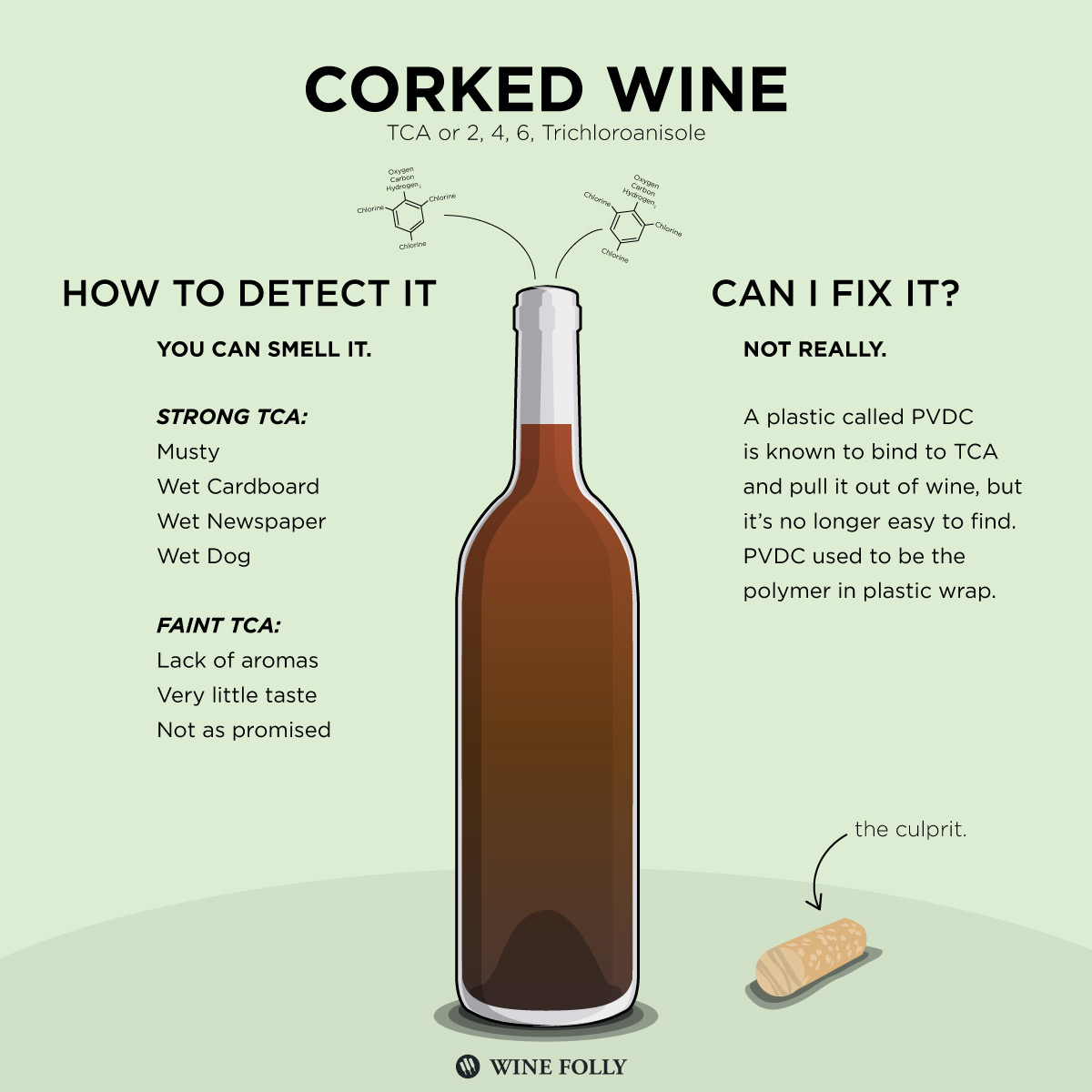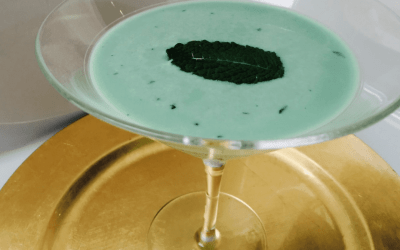Wine Chat is BACK! The lovely Kim has shared her input on Wine Faults today. She gets the core of what Cork Taint means & debunks all of the rumours. This was a huge learning lesson for me as I knew very little about Cork Taint until now. Anyone else get really excited when you learn something new?!
Missed the first two training posts?
Part 1: Opening Wine (Click HERE)
Part 2: Decanting & Serving Wine (Click HERE)
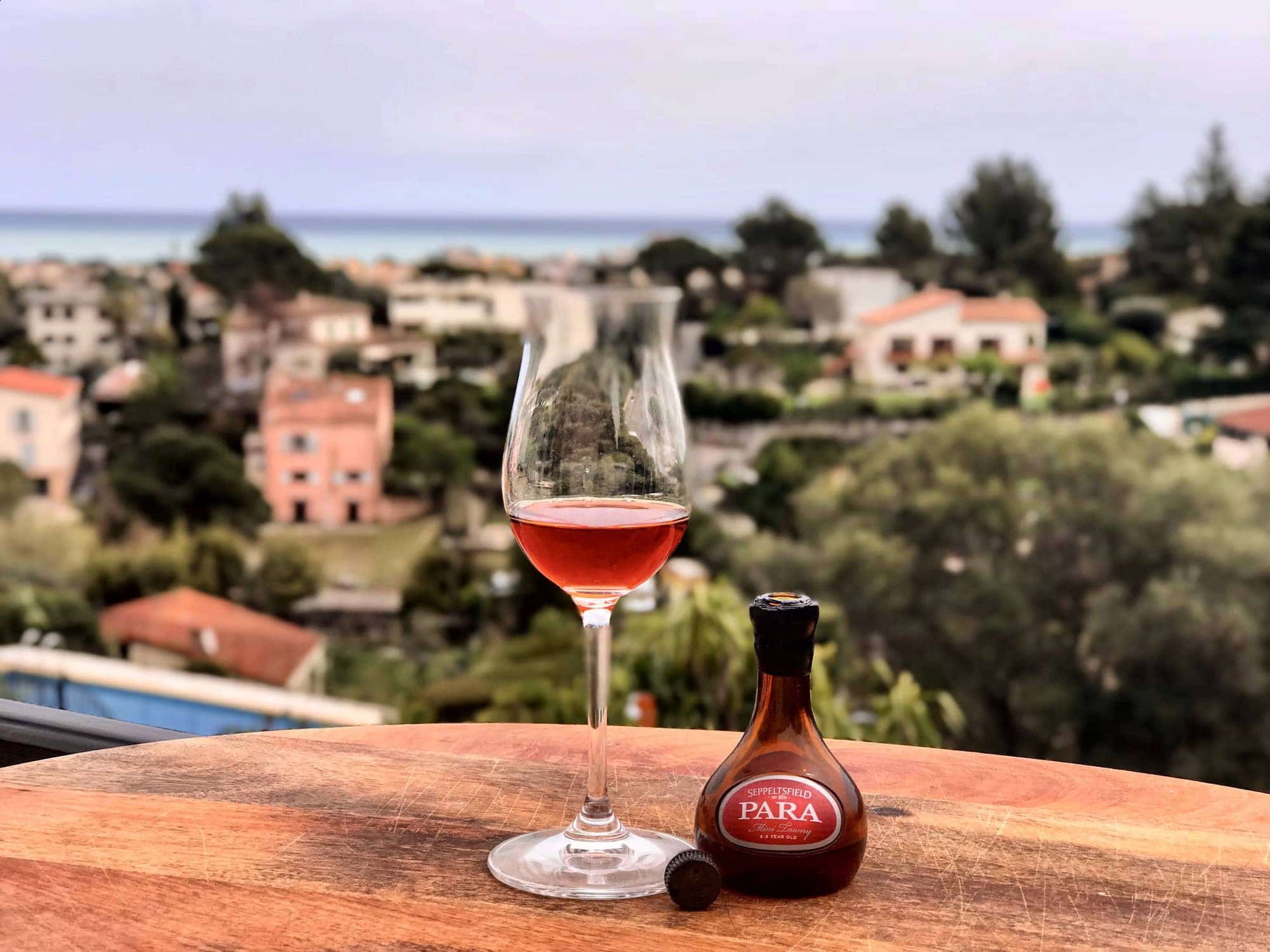
This is another part of wine that requires lots of practice i.e. drinking! You’re only going to learn what is right and wrong in wine by being exposed to lots of different wines and trying whatever you can. When we present a glass of wine to a guest for tasting, or if we ourselves are doing the tasting, what we are first looking for is cork taint.
Cork Taint
Now Cork Taint is something that is sometimes confused with many other things which we will clear up. If the cork crumbles when it comes out, that’s just from the storage of the wine and mainly an indication of poor or incorrect storage or faulty cork, not Cork Taint. Cork Taint is actually a fungus infection of the cork itself which is there when the cork is still part of the tree. It creates a chemical compound called TCA which once in contact with the wine, contaminates the wine within the hour. This is another misconception, cork taint doesn’t appear over time or mean you’ve cellared too long, its an instant thing and is irreversible damage.
What you’re smelling for with Cork Taint is the smell of wet, damp, soggy cardboard. You will also see that the fruit and the wine itself is quite lacklustre and dull as Cork Taint strips the wine of its characteristics. Again this is a very subjective thing, some people are very sensitive and can smell it as soon as the bottle is opened. Others, find it harder to smell out and at low levels will still find the wine enjoyable. Corked wines aren’t harmful for human consumption, they just won’t be the best and some people will find them undrinkable.
Oxidation
Another fault we may find in wine is oxidation. Oxidation is usually caused by poor cellar and storage or when the wine has simply passed its prime and should have been drunk sooner. This is very visible in the colour of the wine, with the wine turning brown in colour and again loss of fruit flavour and aroma. The wine will appear flat and dull.
A wine can also simply be “not to style”. This is obviously harder to detect unless you know the wine inside out. When a wine is bottled it starts all together in one big tank and then the bottles are filled in a bottling line. Now even though the wines all start together and are the same, it doesn’t mean they always mature the same. Some wines just don’t develop the same as the others, which we call bottle variation. Again, nothing wrong with the wine but they may not be the best example to serve the guests. Your best comparison is to always open another bottle and see if there are differences.
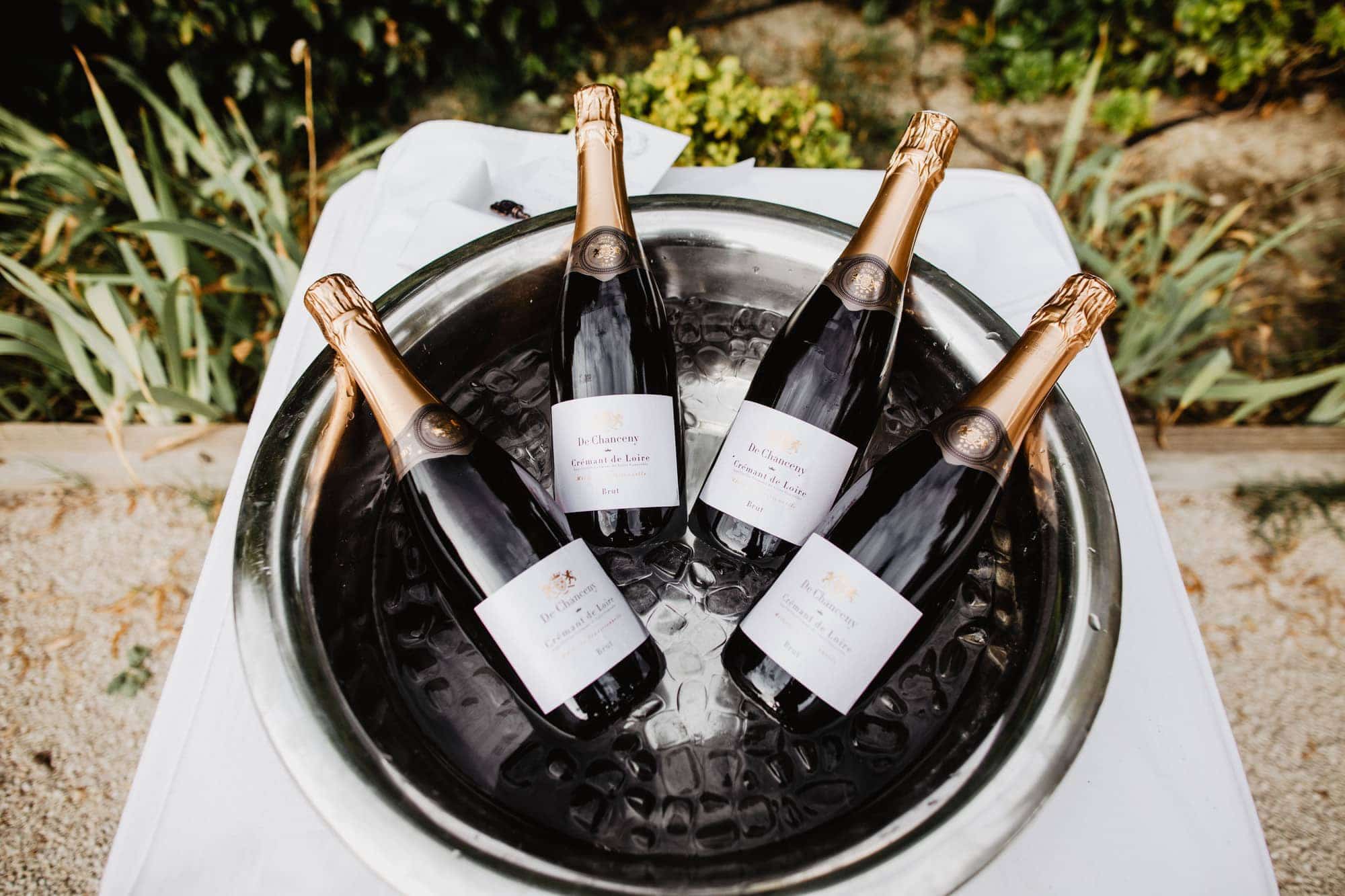
Our last topic next week is all about Wine Storage… perfect timing as I’m busy planning our shipyard work list & definitely need to look into more storage options.
Gem xo
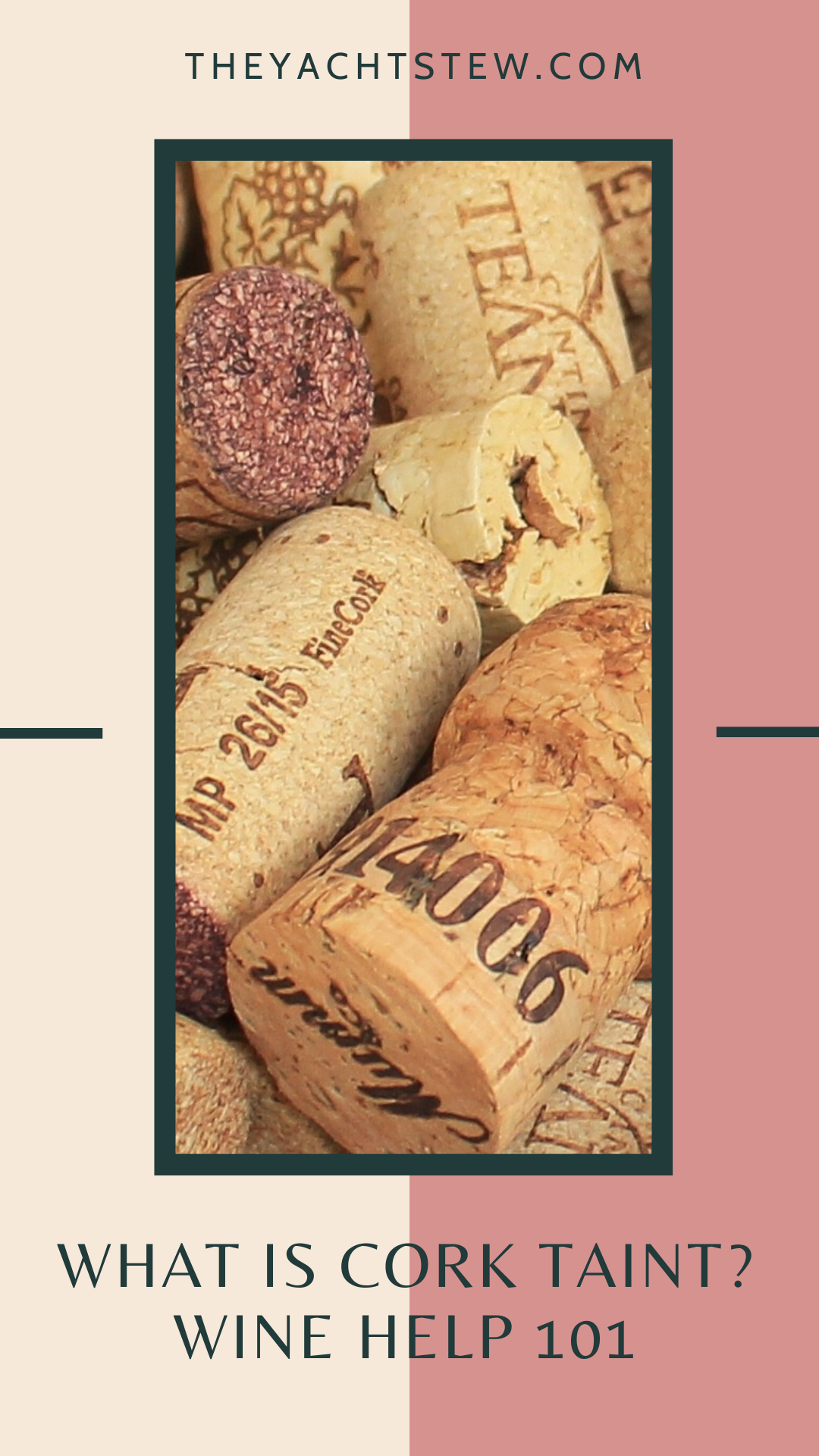
- How to build a yachtie CV! - April 3, 2019
- After Eight Martini - February 22, 2019
- Pretty in Pink Tablescapes - February 20, 2019
